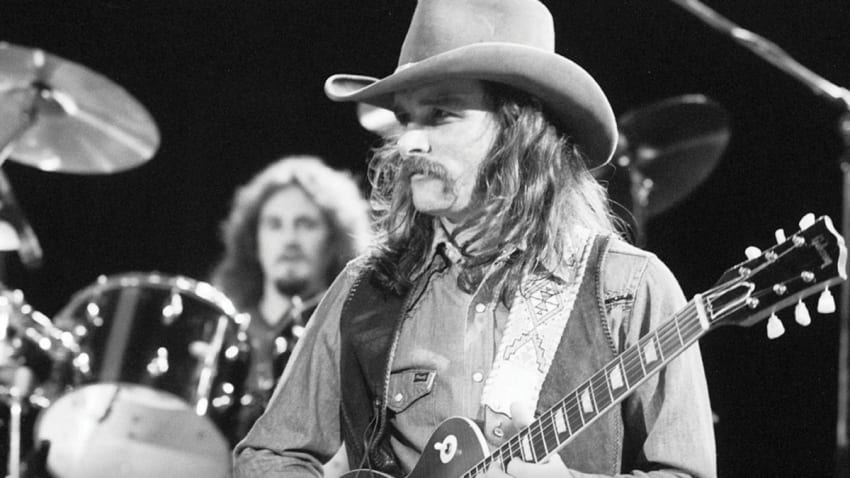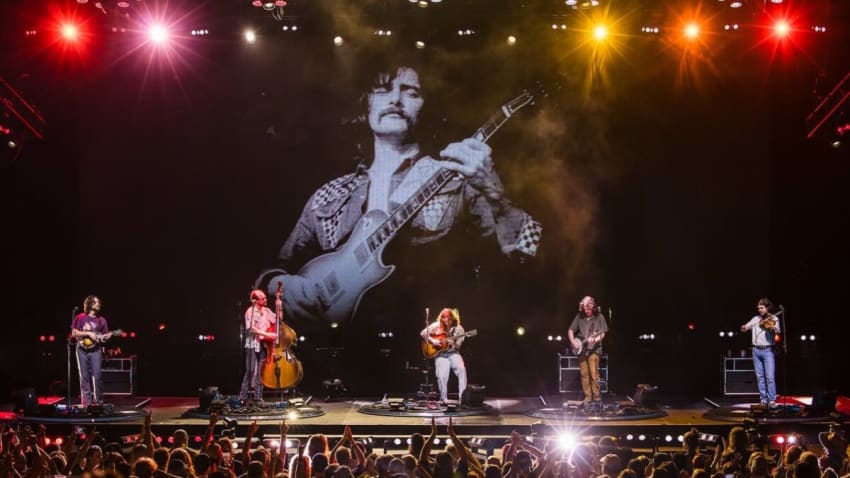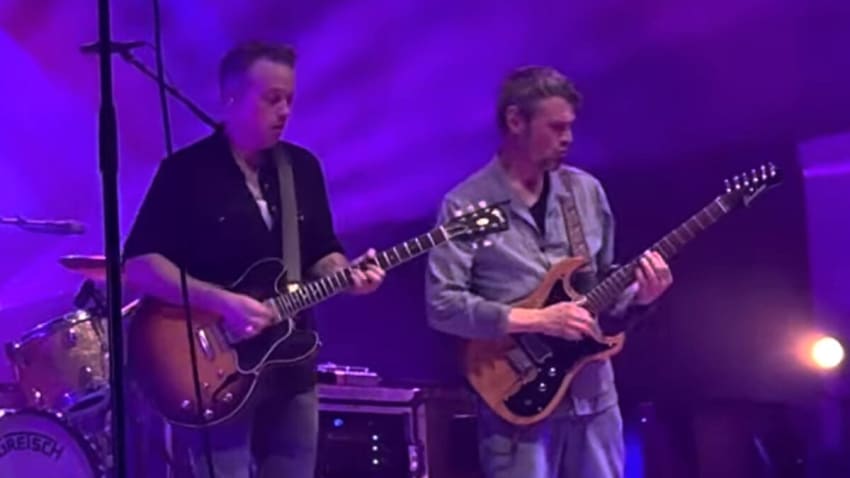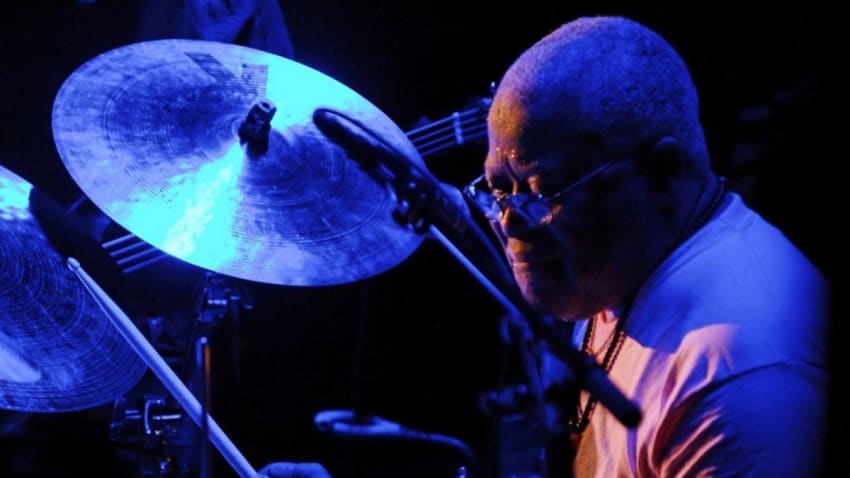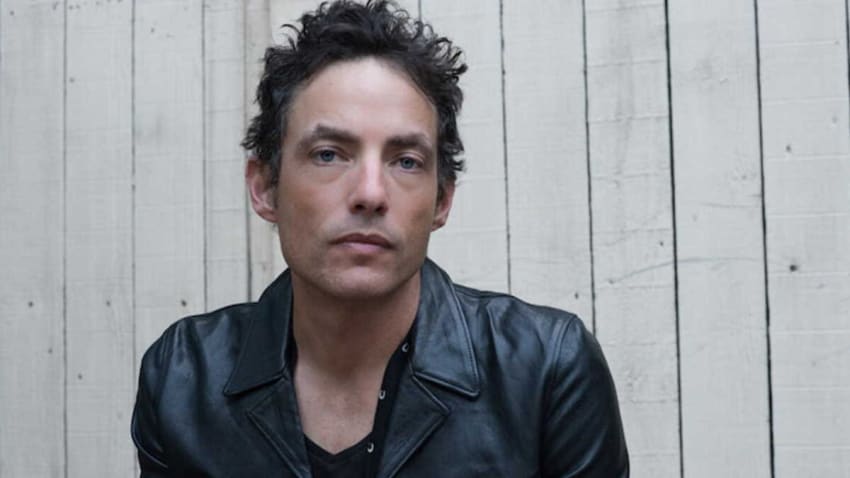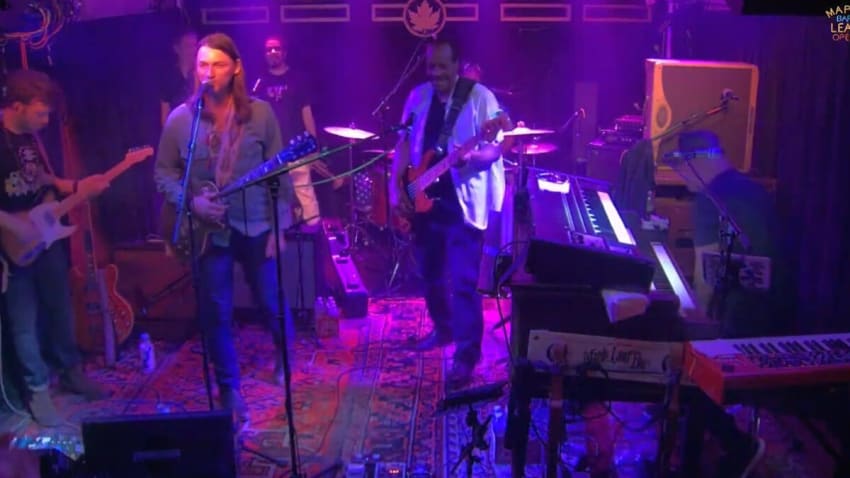The Question That Prompted Dickey Betts To Write The Allman Brothers Band’s Biggest Hit Song
“Ramblin’ was in my blood.” — Dickey Betts
By Andy Kahn Dec 12, 2024 • 6:05 am PST
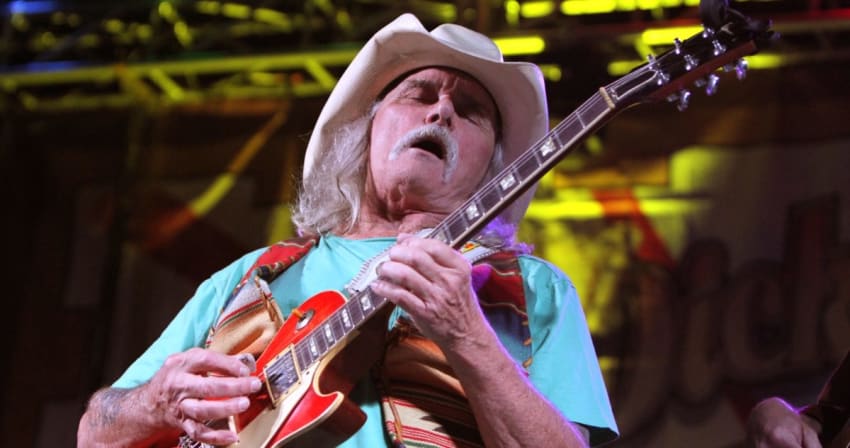
In the late 1960s, guitarist Dickey Betts was touring the live music circuit in Florida with a few different bands. During that time, Betts – who was born on this date in 1943 – would often stay at his friend Kenny Harwick’s place in Sarasota, crashing at the apartment in his garage.
Among the groups Betts performed with in that period was Second Coming whose lineup included bassist Berry Oakley. In 1969, Betts and Oakley joined brothers Gregg Allman and Duane Allman and drummers Butch Trucks and Jaimoe in forming The Allman Brothers Band.
Advertisement
Also in 1969, while crashing at Harwick’s apartment, Betts had a fateful encounter with his friend that was the seed that would three years later grow into The Allman Brothers Band’s biggest hit song.
“Kenny was a friendly, hayseed-cowboy kind of guy who built fences and liked to answer his own questions before you had a chance,” Betts recalled in an interview with Marc Myers. “One day he asked me how I was doing and said, ‘I bet you’re just tryin’ to make a livin’ and doin’ the best you can.’ I liked how that sounded and carried the line around in my head for about three years.”
In October 1971, tragedy struck The Allman Brothers Band when acclaimed slide guitarist Duane Allman was killed in a motorcycle accident at age 24. The Allmans attempted to record a proto-version of “Ramblin’ Man” in 1971 during sessions for what became their first album release after Duane Allman’s death, 1972’s Eat A Peach.
Later that year, when the band came together to record their fourth album, 1973’s Brothers & Sisters, Betts brought back the song he had been working on ever since Harwick answered his own inquisition several years prior.
Betts took Harwick’s line and added additional, mostly biographical lyrics to come up with “Ramblin’ Man.” The song was further inspired by Hank Williams’ 1951 release also titled “Ramblin’ Man” and the instrumental outro at the end of Betts’ “Ramblin’ Man” was motivated by the signature coda that concludes “Layla” by Derek & The Dominoes.
Betts further explained the circumstances surrounding the writing and recording of “Ramblin’ Man” in the interview with Marc Myers, stating:
“Then one day in 1972, I was sitting in the kitchen of what we called the Big House in Macon, where everyone in the band lived – and decided to finish the lyrics. The words came fast, like I was writing a letter. When [producer] Johnny Sandlin asked if I had any songs for our upcoming album, I ran down ‘Ramblin’ Man’ on my acoustic guitar. Everyone in the room went nuts.
“My inspiration was Hank Williams’s ‘Ramblin’ Man,’ from 1951. His song and mine are completely different but I liked his mournful, minor-chord feel.
“Except for Kenny’s line, the rest of the lyrics were autobiographical. When I was a kid, my dad was in construction and used to move the family back and forth between central Florida’s east and west coasts. I’d go to one school for a year and then the other the next. I had two sets of friends and spent a lot of time in the back of a Greyhound bus. Ramblin’ was in my blood.
“But the song, as I originally wrote it, had a country flavor and needed to be Allmanized – given that rock-blues feeling. I thought of Eric Clapton’s ‘Layla’ – which had come out a year earlier – with its long jam at the end. I figured something like that might work.
“When we went into Capricorn Sound Studios in October ’72, ‘Ramblin’ Man’ was the first song we recorded – and it would be [bassist] Berry Oakley’s last song before he died in a motorcycle crash a month later.
“I knew it needed a solid intro to grab the listener. My daddy had been a fiddler and I heard a lot of fiddle music as a child. I had a ukulele and had played along with him. What I came up with for the intro was a fiddle-like opener built on a pentatonic scale – but with me on guitar and Chuck [Leavell] on piano exchanging lines.”
Betts and guitarist Les Dudek recorded four guitar parts for the song’s instrumental ending section. Dudek, who also spoke to Myers, played the higher register guitar parts and Betts played the lower register parts resulting in four parts playing harmonies in two octaves. Betts played slide guitar, an homage of sorts to Duane Allman, laying his instrument flat like a lap steel guitar.
Advertisement
On November 2, 1972, The Allman Brothers Band performed “Ramblin’ Man” during their show at Hofstra University in Hempstead, New York, which according to The Allmans’ website was its live debut. The concert was Chuck Leavell’s first as a member of The Allmans and the only time he performed with Berry Oakley, who sadly died in a motorcycle accident on November 11, 1972 at age 24.
Watch Betts lead the November 2, 1972 performance of “Ramblin’ Man”:
Upon its release in 1973 as the Brothers & Sisters lead single, “Ramblin’ Man” became The Allman Brothers Band’s highest charting entry on the Billboard Hot 100, peaking at #2 and remaining the band’s only Top 10 hit.
Over the subsequent decades, Betts and The Allman Brothers Band carried on with various lineups and extended breaks in performing. In 2000, internal conflicts led to Betts being forced out of the band he co-founded. Betts and Jaimoe are the only surviving original members of the legendary Southern rock band, which was inducted into the Rock And Roll Hall Of Fame in 1995.
Sadly, Dickey Betts died on April 18, 2024 due to cancer and chronic obstructive pulmonary disease. “It is with profound sadness and heavy hearts that the Betts family announce the peaceful passing of Forrest Richard ‘Dickey’ Betts (December 12, 1943 – April 18, 2024) at the age of 80 years old,” began a statement issued by Betts’ family confirming his death. “The legendary performer, songwriter, bandleader and family patriarch was at his home in Osprey, Florida, surrounded by his family. Dickey was larger than life, and his loss will be felt worldwide.”
Watch the official lyric video for “Ramblin’ Man”:
Advertisement
Remembering Dickey Betts
-

The Allman Brothers Band Guitarist Dickey Betts Has Died
-

Billy Strings Delivers Stirring Musical Tribute To Dickey Betts In St. Augustine
-

Warren Haynes Shares Touching Tribute To Mentor Dickey Betts
-

Watch Luther Dickinson Join Jason Isbell To Honor ‘Brilliant Southern Musician’ Dickey Betts In Mississippi
-

Jaimoe To Make Rare Appearance At Friends Of The Brothers’ Dickey Betts Tribute
-

Gov’t Mule Pays Tribute To Dickey Betts & Welcomes Grace Potter At SweetWater 420 Fest
-

Watch The Wallflowers Honor Dickey Betts With Rollicking Tribute In Orlando
-

For Dad: Watch Duane Betts & Maple Leaf Allstars Honor Dickey Betts In New Orleans
